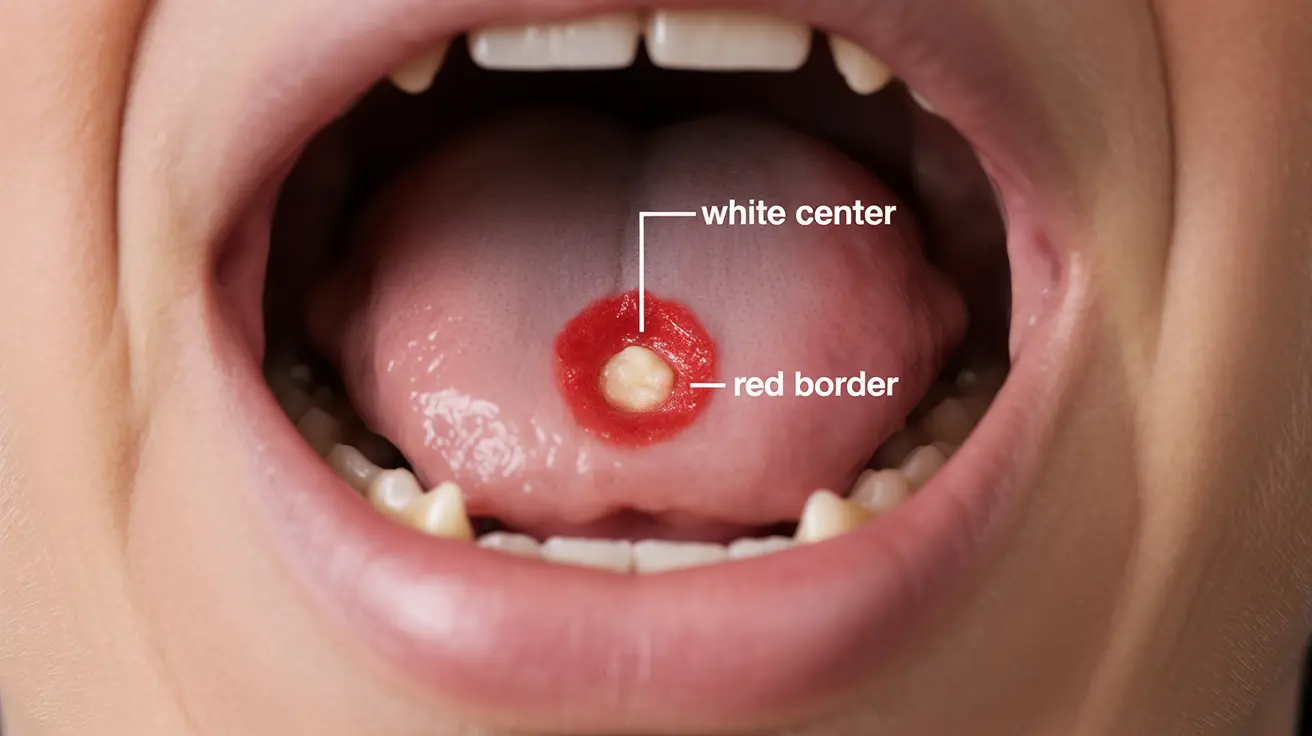Experiencing a canker sore on your tonsil can be both painful and concerning. These small, shallow ulcers that develop in the soft tissues of the mouth can cause significant discomfort when they appear on the tonsils, affecting basic activities like eating, drinking, and swallowing. Understanding their causes, symptoms, and treatment options is crucial for managing this condition effectively.
While canker sores commonly occur on the tongue, cheeks, or lips, tonsil canker sores present unique challenges due to their location and the vital role tonsils play in our immune system. This comprehensive guide will help you identify, treat, and prevent these uncomfortable lesions.
Identifying a Canker Sore on Your Tonsil
A canker sore on the tonsil typically appears as a round or oval-shaped white or yellowish spot surrounded by redness. Unlike strep throat or tonsillitis, which usually affect both tonsils, canker sores often occur on just one side. The lesion is usually small, measuring between 2-10 millimeters in diameter.
Key Characteristics
- Round or oval-shaped ulcer
- White or yellow center with red borders
- Usually appears on one tonsil
- Causes localized pain and tenderness
- May make swallowing difficult
Common Causes and Risk Factors
Several factors can contribute to the development of tonsil canker sores:
Physical Triggers
- Injury from sharp foods
- Dental work or accidental biting
- Stress and fatigue
- Hormonal changes
Medical and Nutritional Factors
- Vitamin B12 deficiency
- Iron deficiency
- Zinc deficiency
- Weakened immune system
- Celiac disease or other autoimmune conditions
Home Treatment Options
While tonsil canker sores typically heal on their own within 1-2 weeks, several home remedies can help manage symptoms and promote healing:
Immediate Relief Methods
- Salt water gargling
- Ice chip sucking
- Over-the-counter pain relievers
- Benzocaine mouth rinses
Dietary Modifications
- Avoid spicy and acidic foods
- Choose soft, cool foods
- Stay hydrated with cool liquids
- Consume vitamin-rich foods
When to Seek Medical Attention
While most canker sores heal independently, certain situations warrant professional medical evaluation:
Warning Signs
- Sores lasting longer than three weeks
- Severe pain that interferes with eating or drinking
- Multiple large sores
- Frequent recurrence
- Spreading or worsening symptoms
- Fever or swollen lymph nodes
Prevention Strategies
Taking proactive steps can help reduce the likelihood of developing tonsil canker sores:
- Maintain good oral hygiene
- Avoid triggering foods
- Manage stress levels
- Address nutritional deficiencies
- Use a soft-bristled toothbrush
- Stay hydrated
Frequently Asked Questions
What does a canker sore on the tonsil look and feel like compared to tonsillitis or strep throat? A canker sore appears as a single, white or yellow ulcer with red borders on one tonsil, while tonsillitis and strep throat typically cause widespread redness and white patches on both tonsils, often with fever and body aches.
What common causes and triggers lead to canker sores forming on the tonsils? Common triggers include physical injury from sharp foods, stress, nutritional deficiencies (particularly B12, iron, and zinc), hormonal changes, and immune system factors.
How can I treat a canker sore on my tonsil at home to reduce pain and promote healing? Salt water gargles, ice chips, over-the-counter pain relievers, and avoiding irritating foods can help manage pain and promote healing. Staying hydrated and maintaining good oral hygiene are also important.
When should I see a doctor for a canker sore on my tonsil that won't heal or is very painful? Seek medical attention if the sore persists beyond three weeks, causes severe pain that interferes with eating or drinking, is accompanied by fever, or if you have multiple or recurring sores.
Can certain foods or nutritional deficiencies cause or worsen canker sores on the tonsils? Yes, nutritional deficiencies, particularly in vitamins B12, iron, and zinc, can contribute to canker sore formation. Spicy, acidic, or sharp foods can trigger or worsen existing sores.




